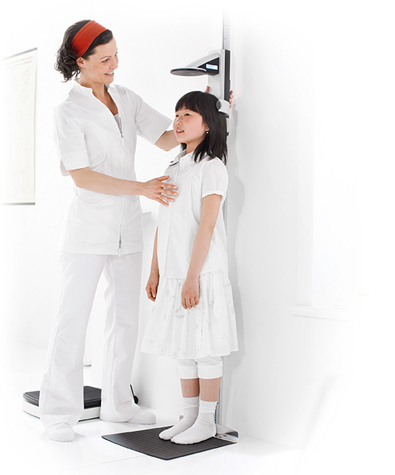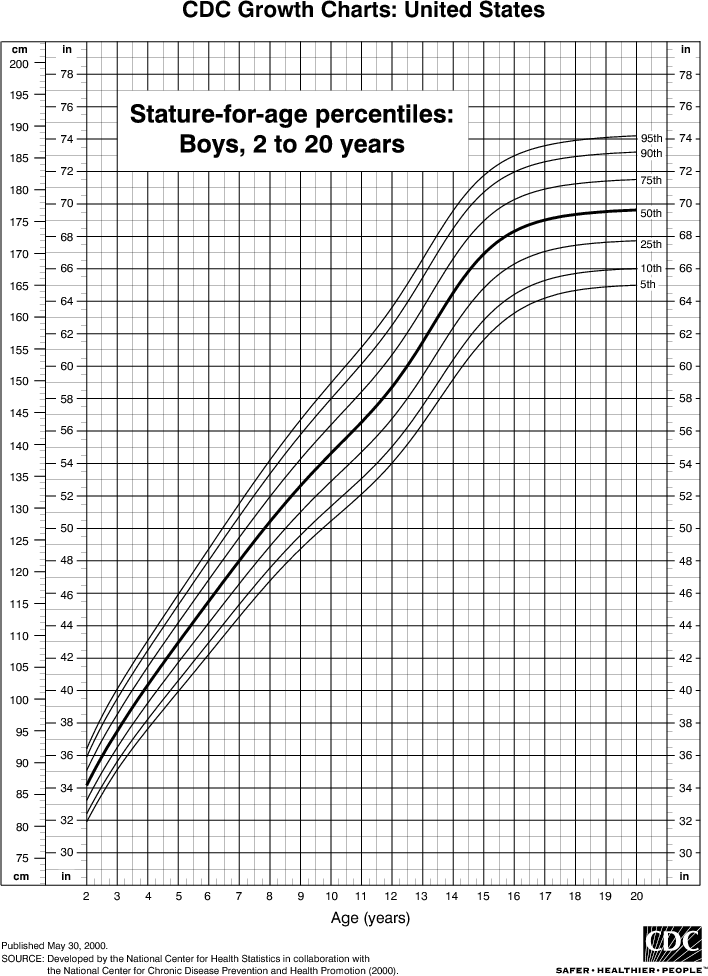Pediatric Stadiometry
Height measurement is a crucial metric for pediatricians and their patients. Throughout childhood, a person’s height changes rapidly, and if there are any deviations from the growth curves, it can indicate health concerns. Therefore, it is routine practice in pediatric hospitals and clinics to gather physical measurement data before meeting with the doctor for specific needs.
One of the measurements taken is the patient’s height, which pediatricians find helpful in tracking their patients’ growth patterns accurately. Accurate height measurement data is crucial for ensuring quality healthcare, and most pediatricians want to have the most accurate data for their patients.
The traditional method of measuring height in hospitals and clinics involves using a retractable ruler system called a stadiometer, where the patient is measured against a wall while standing straight. The nurse then places the sliding headpiece on top of the patient’s head and records the measurement reading marked on the ruler.
These height measurements are input manually by the nurse into the patient’s file records in the medical database of the hospital or clinic. The patient’s height is recorded at each visit, and over time, these data measurements create a trendline of the patient’s growth pattern. This pattern can be compared with the average growth patterns of patients with similar heights and weights to ensure that the patient is following the typical trend.

Height measurement is critical for pediatricians and their patients as it provides valuable insights into their growth and development. Accurate height measurement data is essential for ensuring quality healthcare and tracking the patient’s growth pattern over time. By using traditional height measuring methods, pediatricians can monitor their patients’ growth accurately and detect any deviations from the norm to address any health concerns early.

Accurate height readings play a crucial role in detecting abnormalities in a child’s growth patterns, which can be used to diagnose any underlying conditions. For instance, these measurements can detect the abnormal growth pattern of a patient with acquired hypothyroidism.
When height measurements are precise, and it is evident that the patient’s growth pattern does not match the typical trend, pediatricians can examine them for any issues that may be causing the atypical pattern. By identifying these abnormalities early, healthcare professionals can provide timely interventions to address any underlying health concerns and prevent potential complications.
In summary, the accuracy of height readings is essential in detecting abnormal growth patterns in children, which can help diagnose underlying diseases or conditions. By using this data, healthcare professionals can identify and address any health concerns early, ensuring that children receive appropriate treatment and care to promote their healthy growth and development.